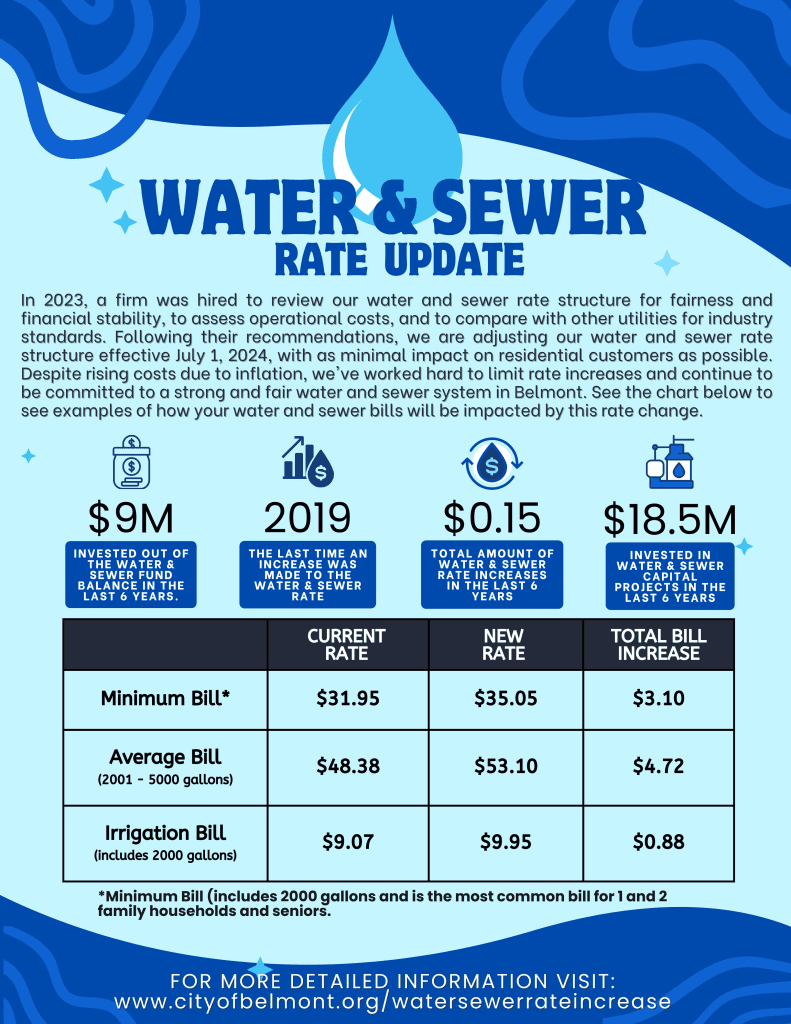State Moves Forward With Wolf Releases, Raising Local Questions
Colorado Parks and Wildlife announced plans to move ahead this winter with releases of up to 15 wolves, while commissioners grappled with petitions from livestock and ranching groups and federal scrutiny over sourcing animals from Canada. The decision and expanded conflict prevention work matter to Dolores County residents because they affect grazing operations, private land management, and local wildlife oversight.
Listen to Article
Click play to generate audio

At a Colorado Parks and Wildlife commission meeting on November 13, 2025, Director Jeff Davis updated commissioners on the agency's wolf restoration efforts and warned that staff workloads have risen sharply amid heightened political scrutiny. The briefing laid out competing pressures facing the agency, including formal petitions from livestock and ranching organizations, federal questions about where wolves would be sourced, and recent mortalities that reduced short term survival statistics and complicated release planning.
Despite those complications, CPW told the commission it intends to proceed with releases this winter with planning for as many as 15 animals. Commissioners were briefed that the agency will coordinate closely with federal officials as federal guidance and oversight remain central to the timing and sourcing decisions. The meeting record and subsequent update on November 14 indicate CPW is balancing the legal and logistical constraints while moving forward with its restoration schedule.
Much of the meeting focused on steps the agency is taking to reduce conflict between wolves and livestock. CPW has expanded site assessments, increased deployment of non lethal deterrents, and added staff for conflict prevention including range riders and conflict specialists. The commission also reviewed the structure and funding of compensation programs for producers who lose livestock to wolves. Among revenue sources noted were Born to Be Wild license plate revenues which help support prevention and compensation efforts.
Commissioners debated how petitions from ranching groups should be handled and whether timelines for releases should be adjusted in response to stakeholder concerns. The discussion reflected a broader tension at the state level between restoring a native predator and managing the economic and safety impacts for rural communities. Several commissioners asked for clearer procedural timelines for responding to petitions and for greater detail on how federal reviews over animal sourcing would affect on the ground operations.
For Dolores County residents the meeting underscores several immediate issues. Ranchers and landowners can expect increased CPW presence in the field through site assessments and range riders, and they will be affected by the structure of compensation claims if depredations occur. The decision to proceed with limited releases this winter also raises questions about local emergency response capacity and coordination among county officials, state wildlife staff, and federal agencies.
The CPW update was presented as an evolving plan rather than a final action, and the agency emphasized coordination with federal guidance and continued monitoring of survival and conflict metrics. The story was published on November 13, 2025 and updated on November 14 to reflect additional developments reported at the commission meeting. Local officials and stakeholders are likely to watch implementation and petition responses closely as releases approach.


